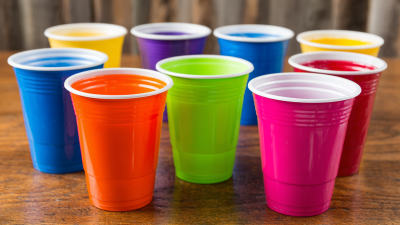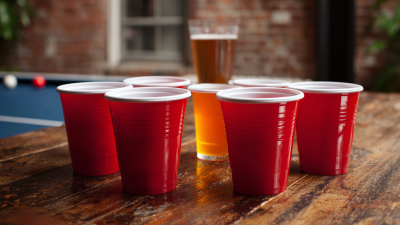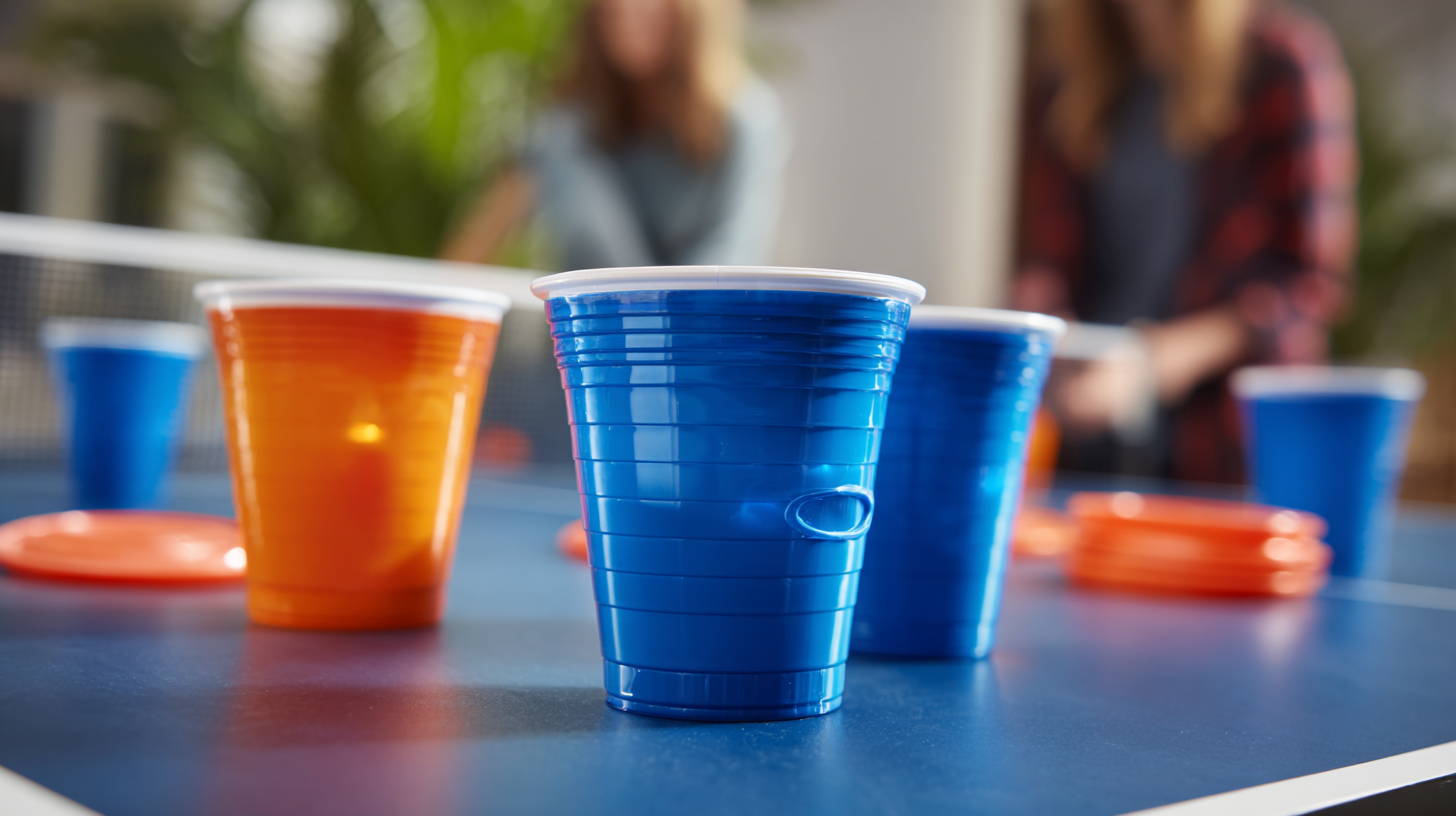 The Cup Pong Game, a beloved social pastime, merges fun with strategy, challenging players to showcase their skills and tactics in every throw. At its core, mastering this game isn't just about luck; it involves understanding the underlying principles of physics, psychology, and practice. As we delve deeper into the science behind Cup Pong, we uncover not only the mechanics that can improve accuracy and consistency but also the mental resilience required to triumph under pressure.
This exploration lays the foundation for unleashing your inner champion, transforming casual players into formidable opponents. Whether you're aiming for a casual game night or hoping to dominate in competitive settings, grasping the research-backed techniques can give you the upper hand. Join us as we break down the essential elements that make the Cup Pong Game both an enjoyable challenge and an opportunity for self-improvement.
The Cup Pong Game, a beloved social pastime, merges fun with strategy, challenging players to showcase their skills and tactics in every throw. At its core, mastering this game isn't just about luck; it involves understanding the underlying principles of physics, psychology, and practice. As we delve deeper into the science behind Cup Pong, we uncover not only the mechanics that can improve accuracy and consistency but also the mental resilience required to triumph under pressure.
This exploration lays the foundation for unleashing your inner champion, transforming casual players into formidable opponents. Whether you're aiming for a casual game night or hoping to dominate in competitive settings, grasping the research-backed techniques can give you the upper hand. Join us as we break down the essential elements that make the Cup Pong Game both an enjoyable challenge and an opportunity for self-improvement.
Cup pong, often viewed as a leisurely party game, is steeped in rules and equipment fundamentals that can elevate players from novices to champions. At its core, the game involves two teams competing to throw plastic balls into a triangular formation of cups filled with beverage. Each cup, often lined up across a table, serves as a target while also creating the strategic element of which cups to defend and which to attack.
Understanding the basic rules is essential for any aspiring player. A typical game consists of two teams taking turns to throw a ping pong ball, trying to land it in the opposing team’s cups. If successful, the opposing team must consume the beverage within the cup, subsequently removing it from the game. It's crucial to grasp the concept of re-racking, where players can request a rearrangement of cups for better aiming, which adds an extra layer of strategy.
Equally important is having the right equipment. Standard cup pong sets include plastic cups, ideally 16 ounces, and a ping pong ball. Players can customize their setups with various materials for greater stability or fun themes. By mastering the basics of the game, including its rules and the essential equipment, players can enhance their skills and transform cup pong into a competitive sport rather than just an afterthought at gatherings.
Mastering the techniques of grip, stance, and throwing mechanics is fundamental to excelling in cup pong. A study from the Journal of Sports Science indicated that athletes with superior grip strength demonstrate a 15% higher accuracy in throwing tasks compared to their peers. This highlights the importance of a proper grip, as it influences control and power. For cup pong, a relaxed yet firm grip allows for better wrist flexibility, enhancing both the precision and speed of your throws.
Your stance significantly affects your overall performance. According to research published in the International Journal of Performance Analysis in Sport, an optimal stance can improve balance and, in turn, increase your throwing accuracy by up to 20%. Stand with your feet shoulder-width apart, slightly bend your knees, and angle your body towards the target. This position not only stabilizes your movements but also facilitates generating power from the ground through your legs.
**Tips:** Focus on your grip by practicing with various textures of cups to find what feels most comfortable for you. Additionally, spend time refining your stance in front of a mirror to ensure alignment and balance before each throw. Lastly, incorporate routine drills that emphasize throwing mechanics, as repetition can greatly enhance muscle memory and overall performance.
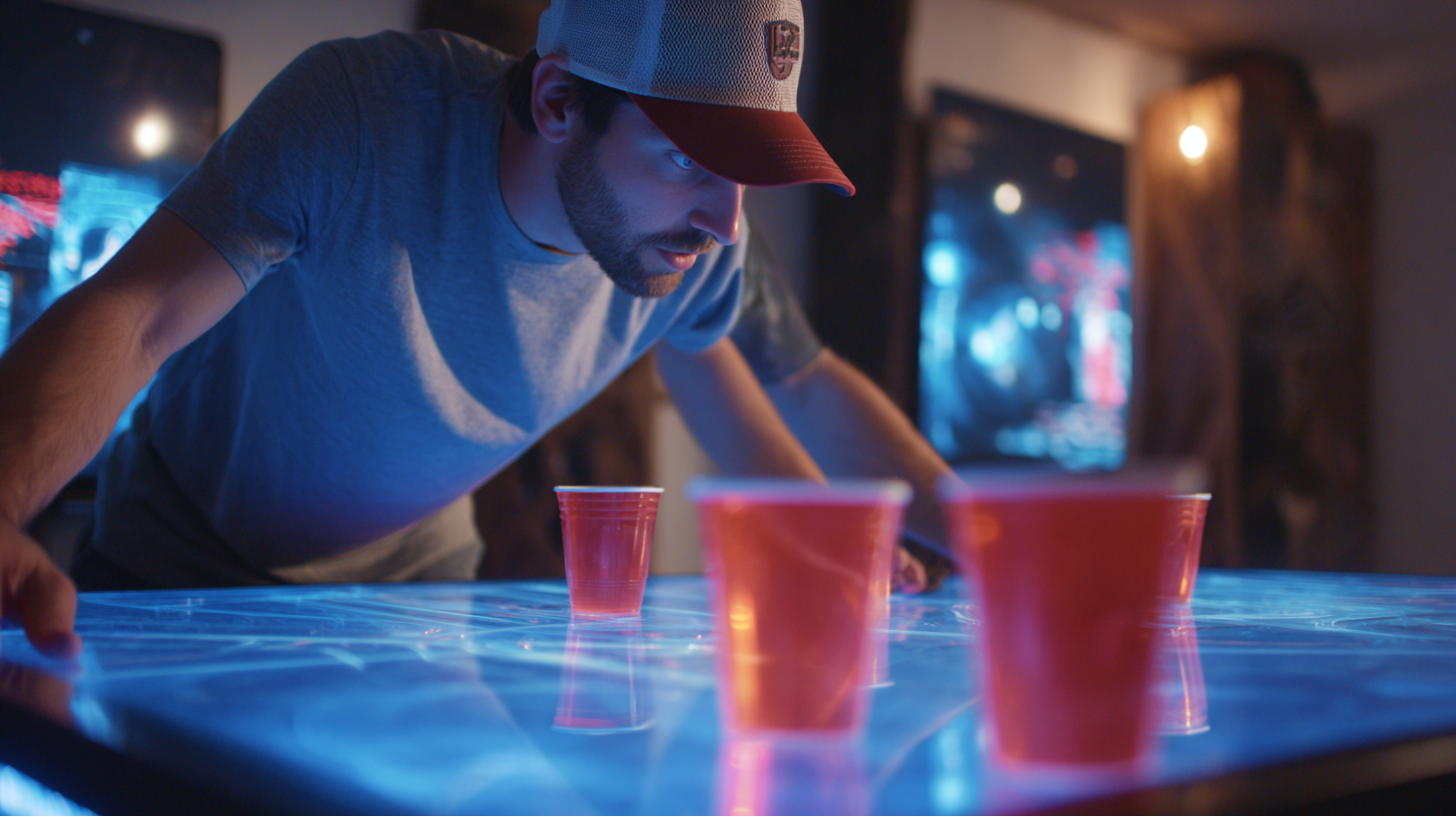
Mastering the Cup Pong game requires not just physical skill but also significant psychological resilience. A key component to foster during play is focus, which can dramatically influence performance outcomes. According to a report by the American Psychological Association, athletes who employ mindfulness techniques can increase their concentration levels by up to 60%, allowing them to remain anchored during high-pressure situations. This is particularly true in competitive environments like Cup Pong, where distractions abound.
In addition to focus, managing pressure is essential for success. Strategies such as cognitive restructuring can be beneficial, helping players reinterpret their pressure as a challenge rather than a threat. Data indicates that individuals who engage in cognitive-behavioral techniques report a 30% reduction in anxiety levels during competitions. This aligns closely with findings related to early psychological intervention in youth, suggesting that fostering mental resilience can prevent minor issues from escalating into severe performance anxieties. By adopting such psychological strategies, players can unleash their inner champions, enhancing their overall game experience and outcomes.
| Strategy | Description | Psychological Benefit | Effectiveness Rating (1-10) |
|---|---|---|---|
| Visualization | Mentally rehearsing the perfect throw to enhance confidence. | Increases focus and reduces anxiety. | 8 |
| Breathing Techniques | Using deep breathing to regulate heart rate during play. | Promotes calmness and improves concentration. | 9 |
| Positive Affirmations | Using self-affirming statements to build self-belief. | Increases self-efficacy and reduces fear of failure. | 7 |
| Routine Establishment | Following a consistent pre-game routine to enhance focus. | Reduces pressure by creating familiarity. | 8 |
| Mindfulness Practice | Focusing on the present moment to eliminate distractions. | Helps maintain concentration and reduces performance anxiety. | 9 |
Mastering the art of cup pong requires more than just innate talent; it demands a structured training regimen. According to a study published in the Journal of Sports Science, athletes who incorporate focused drills into their practice routines improve their precision and consistency by an average of 30% over a typical five-week training period. To enhance your performance in cup pong, it’s crucial to integrate drills that focus on hand-eye coordination and release techniques. Simple exercises like repetitive shooting from different distances can help players adjust their aim and enhance muscle memory.
In addition, incorporating exercises that strengthen the core and improve stability can further benefit your game. Research from the National Strength and Conditioning Association highlights that a strong core is pivotal for maintaining balance and executing precise movements. Drills like planks, lunges, and medicine ball throws not only boost overall fitness but also enhance the control needed when making a shot. By committing to a well-rounded training regimen that focuses on both skill-specific drills and physical conditioning, players can significantly elevate their cup pong game and truly unleash their inner champion.
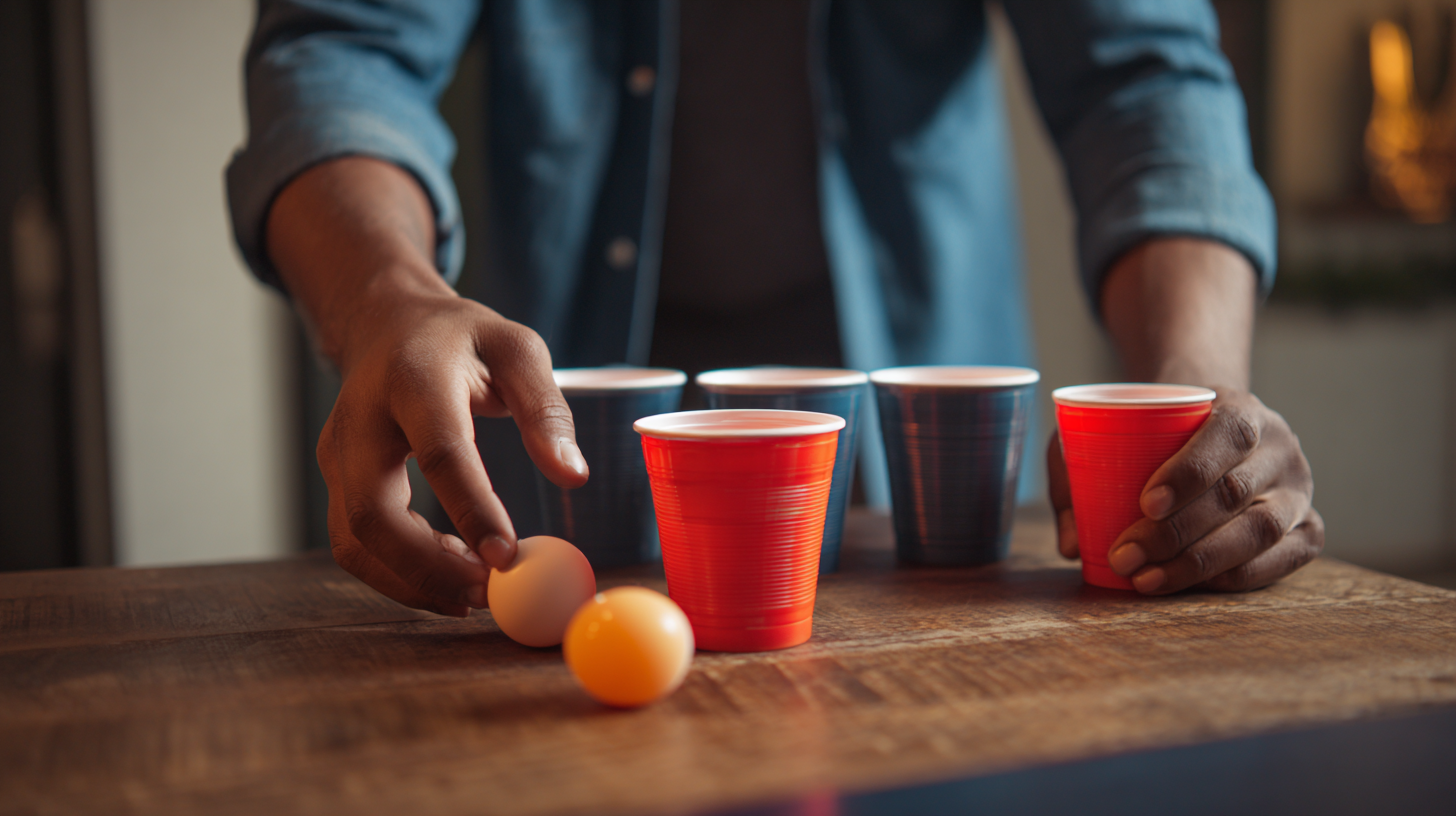
Mastering the game of cup pong requires more than just skill; it demands a structured approach to feedback and self-assessment. According to a recent survey by the International Gaming Research Association, players who actively engage in self-reflection and seek constructive feedback improve their performance by up to 30%. This emphasizes the importance of creating a feedback loop, where players critically analyze their actions after each game. Keeping a game journal can aid in tracking progress and identifying areas that need improvement, such as throwing technique or strategic placement of cups.
Additionally, studies show that visual aids can significantly enhance the learning process. A report by the Sports Analytics Institute reveals that players who review video footage of their games demonstrate a 25% increase in the accuracy of their shots after just a few sessions. Utilizing recorded games allows players to visualize their strategies in action and pinpoint specific mistakes. By incorporating both self-assessment and feedback mechanisms into practice, aspiring champions can transform their gameplay, turning weaknesses into strengths and ultimately mastering the art of cup pong.

